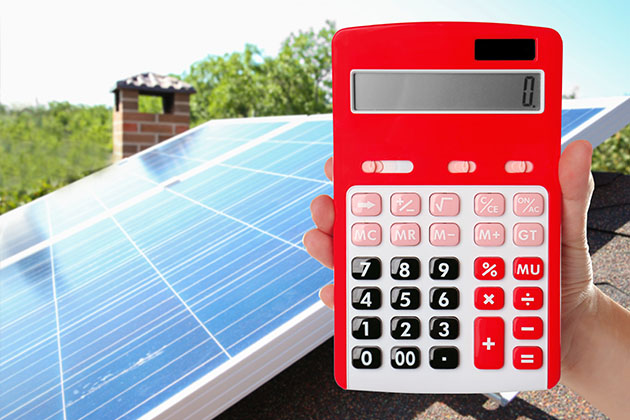Scientists from MIT have sensitized existing silicon solarni cells by singlet exciton fission method. This can increase efficiency of solarni cells from 18 percent to as high as 35 percent thus doubling energy output thereby reducing costs of solar technology.
Postaje imperativ smanjiti našu ovisnost o fosilnim gorivima i izgraditi tehnologije za održivu budućnost. Solarna energija je obnovljivi izvor energija gdje Sunčevi light is converted into electrical energy. Solarne ćelije are most commonly made of silicon which uses photovoltaic process to transform sunčana svjetlost into electricity. Tandem cells are also being designed which generally include perovskites cells where every section of the solarni cells can harness Sunčevi energy from its varied spectrum and thus have higher efficiency. Solar cells available today are limited by their efficiency which is just 15-22 percent.
Studija objavljena 3. srpnja god Priroda je pokazao kako silicij solarni cell efficiencies could be raised to as high as 35 percent by applying an effect called singlet exciton fission. In this effect a single particle of light (photon) can generate two electron-hole pairs as opposed to only one. Single exciton fission is seen in many materials since its discovery in the 1970s. The current study aimed to translate this effect for the first time into a viable solarni stanica.
Researchers transferred single exciton fission effect from tetracene – a known material which exhibits it – into crystalline silicon. This material tetracene is a hydrocarbon organski semiconductor. The transfer was achieved by placing an additional thin layer of hafnium oxynitride (8 angstrom) between excitonic tetracene layer and silicon solarni cell and coupling them.
This tiny hafnium oxynitride layer acted as a bridge and made possible the generation of high energy photons in the tetracene layer which then triggered release of two electrons in the silicon cell as opposed to the usual one. This sensitization of silicon solarni cell reduced thermalization losses and enabled better sensitivity to light. The energy output of the solarni cells doubled as more output was generated from green and blue parts of the spectrum. This can enhance the efficiency of solarni cells to as high as 35 percent. The technology differs from the tandem solar cells as it just adds more current to the silicon without adding additional cells.
Trenutna studija je pokazala improvizirane silicijeve solarne ćelije s singletnom fisijom koje mogu pokazati povećanu učinkovitost i na taj način smanjiti ukupne troškove proizvodnje energije solarne tehnologije.
***
{Izvorni istraživački rad možete pročitati klikom na vezu DOI koja se nalazi u nastavku na popisu citiranih izvora}
Izvor (i)
Einzinger, M. i sur. 2019. Senzibilizacija silicija singletnom ekscitonskom fisijom u tetracenu. Priroda. 571. https://doi.org/10.1038/s41586-019-1339-4






































